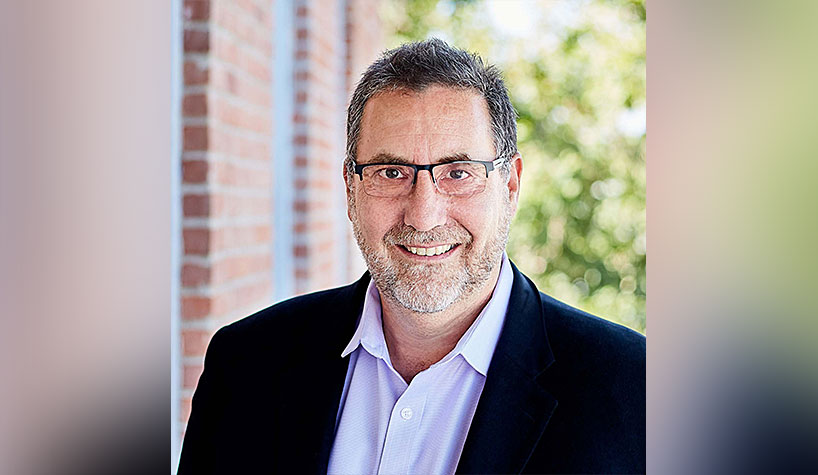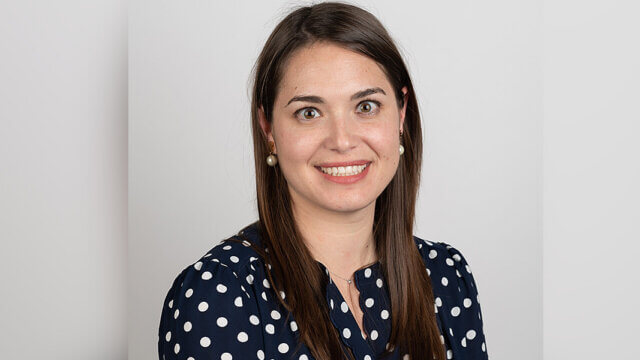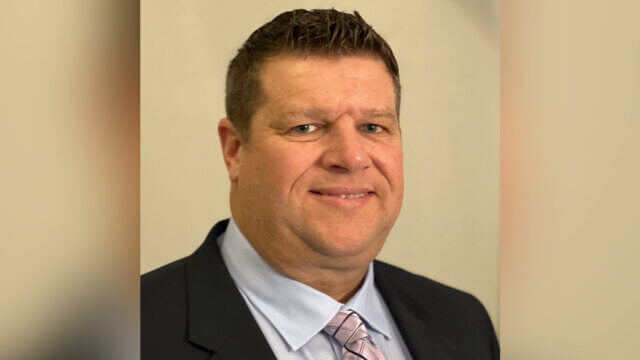By Bruce Greenfield
What does hospitality look like in a post-COVID-19 world? We must identify short-, mid-, and long-term design strategies and technologies that will provide the comfort, service and graciousness of current hotel design, enhanced with safer, cleaner and healthier environments. To reduce guests’ anxiety triggered by COVID-19, hotels need new design features that emphasize palpable cleanliness. Hotel operators must take action to create a safe, healthy environment and reassure guests that their health and safety is their top priority.
First, hotel operators should perform in-depth needs assessments to determine what aspects of current hotel practices must be substantially improved. Hotel cleaning protocols should be intensified with hospital-grade training and disinfectant supplies for all operational and cleaning staff. To reinforce the new cleaning standards and communicate cleanliness to guests, hotel operators should post noninvasive signage and graphics, with a focus on high-touch areas.
Hilton has raised the bar through its partnership with the Mayo Clinic and RB, maker of Lysol and Dettol, to develop world-class sanitizing methods, effectively communicating these new methods through signage and visual cues. For example, a prominent seal across guestroom doors has been added to confirm that the room has been professionally sanitized, and no one has entered since it was last cleaned.
To further improve the safety and cleanliness of guestrooms, hotel operators should consider integrating new technology into every facet of design—from bedding to bathroom to in-room amenities. The recent shift toward hard surface flooring, antimicrobial materials, non-porous surfaces and finishes, as well as touch-free fixtures will become mandatory.
Hotels will borrow from healthcare design while reimagining these materials in inspiring ways. New self-cleaning and antimicrobial fabrics should be used for wallcoverings, drapes and bedding. Additionally, excess bedding, runners and pillows should be eliminated and delivered fresh and clean upon guest request. Another example could be storage boxes equipped with UV light to sanitize items such as remote controls, coffeemakers, hair dryers and other small items. The UV sanitization system could be incorporated into minibar cabinets, closets and bathroom drawers and activate every time a door or cabinet is closed.
Amenities like soaps and shampoos should be single-use, individually wrapped products with eco-friendly packaging to offset the sudden departure from reusable packaging for the sake of cleanliness. There should be a reduction of paper goods, magazines and collateral materials in each room.
Anticipating guests’ desire to spend more time in-room and away from large groups post-COVID-19, room layouts should be modified for multi-functionality, enabling guests to dine, work, meet and workout all from the safety of their rooms. New technology like digital wall displays will provide the ability to project life-size events and meetings, enabling guests to attend the event in person or virtually from the safety of their room. The wall display will also enable partaking in smaller video conferences. When not attending virtual meetings or events, guests could use the wall to create a customized art palette or view natural scenes like a beach or forest stream. Hotel operators should expect a boom in this type of technology to revolutionize the in-room experience.
Next, hotel operators must apply social-distancing practices to the layout of furniture in public spaces, providing more intimate settings spaced appropriately apart to create the ability for different groups and families to share the grand spaces of the hotel, but with their own private, safe enclave. See-through screens and plants can be used to provide further defenses while maintaining visual connectivity. The addition of touch-free sanitizing stations throughout the hotel will give travelers a sense of control over their hygiene. Hotel operators should intentionally and seamlessly design public spaces to support the decor of the overall hotel, and also reinforce safe social-distancing and hygiene practices.
To maximize cleanliness in every step of the guest experience, hotel operators should consider reducing the number of touchpoints required to navigate through the hotel. This includes upgrading to digital solutions for valet and luggage tickets, mobile keys and check-in, and digital or biometric pay points at food and beverage, retail and spa outlets. Additionally, current design features like doors, faucets, hand dryers and water closets must be updated with touch-free technology to minimize the number of elements the guest must touch to operate. Voice-activated controls can be installed in guestrooms to operate lights, TV, speakers, phones, thermostats and drapery. Removing touchpoints not only makes the guest feel safer, but also elevates convenience and the overall guest experience.
For the long term, hotel operators must look toward the future and prepare for a substantial shift in the design and technology of hotel properties. Future technology will include innovative systems designed to neutralize pathogens before they can spread through the hotel space. UV sanitization systems can be used to disinfect personal items that may carry germs before they enter the hotel. Thermal scans and special check-in facilities for those with symptoms may also be the new norm to identify guests with illnesses upon arrival and take appropriate action.
The coronavirus has awakened us to the possibilities of future pandemics, and hotel owners and operators will need to react accordingly to ensure that guests feel safe while traveling. These new features will become a central priority for every guest and meeting planner when deciding which hotel to select for their stay, social event, meeting or conference. These new features will also lead to the development of global hospitality cleanliness standards, norms and behaviors that are designed to enhance the safety of both guests and staff alike.
Bruce Greenfield is a principal at architectural services firm AO and draws upon three decades of international architectural experience with a specialty in hospitality, mixed-use and retail.
This is a contributed piece to Hotel Business, authored by an industry professional. The thoughts expressed are the perspective of the bylined individual.




